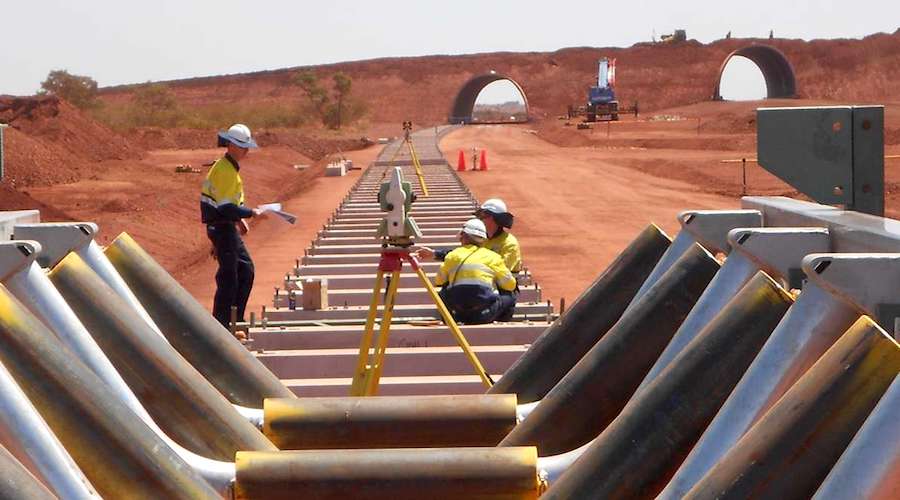
While iron ore prices have surged to a five-year high above $100 a tonne, not all producers of the steel-making ingredient are sharing in the bounty.
It’s no surprise that Brazil’s Vale is struggling. After all, it is largely the reason for iron ore’s stellar run, with the spot price of 62% ore delivered to China, as assessed by Argus Media, ending at $100.65 a tonne on Tuesday, up 38.1% this year.
It was the fatal tailings dam burst at Vale’s Córrego do Feijão iron ore mine, near the town of Brumadinho, on Jan. 25 that closed that mine and several others in the subsequent weeks as safety checks were made.
The standout performer is Fortescue Metals Group, the third-biggest Australian producer, which has gained 119% so far this year in local currency terms
This dramatically cut exports from the world’s number two shipper of iron ore, with the situation being made worse by a cyclone disrupting exports in March from Australia, the world’s biggest iron ore producer.
Vale’s share price has lost 7% in local currency terms this year and is down almost 16% since the dam disaster, reflecting the likely loss of about 75 million tonnes of iron ore sales this year.
But the rapid gain in spot iron ore prices hasn’t lifted all other producers equally, with some outperforming massively and others failing to gain much traction from the higher price.
The standout performer is Fortescue Metals Group, the third-biggest Australian producer, which has gained 119 percent so far this year in local currency terms.
Some of this is catch-up from a poor performance last year, when Fortescue struggled because the lower quality iron ore it mainly produces was out of favour as Chinese steel mills preferred higher grade ore in order to maximise output.
But Fortescue is still up three times more than the spot price of iron ore, something no other major producer even comes close to achieving.
Shares in Rio Tinto, the top Australian producer, were at A$101.27 on Tuesday, up 33.7 percent since the end of last year.
It’s also worth noting that when iron ore prices were last at current levels in May 2014, Rio’s share price was only around A$57, showing that the company’s efforts to consistently lower costs have driven increased value.
However, Rio’s Australian competitor BHP Group isn’t performing as well. Its share price has only risen 15.6 percent since the end of last year.
BHP is facing a $5 billion claim over a dam collapse at a joint venture in Brazil in 2015, but that alone would seem unlikely to explain its underperformance against Rio.
BHP does have a more diversified portfolio than Rio, which derives the bulk of its revenue from iron ore, but its petroleum division should be performing well given rising crude oil prices, and coking coal should at least be consistent, given the price of the fuel used in steel-making has been steady this year.
It’s also worth noting that BHP performed better during the previous big rally in iron ore.
Spot iron ore rose by 154% between December 2015 and February 2017, and BHP gained 96% between its low in January 2016 and a peak in late January 2017.
The story for smaller Australian producers mirrors the mixed performance of their larger peers.
Shares in Grange Resources, a producer of high-grade ore and pellets in Tasmania, have risen 35% since the end of last year, a creditable performance.
But it pales next to the 137% leap for Mount Gibson , which has also no doubt benefited from the re-opening of its high-grade Koolan Island mine in Western Australia state.
While competing companies will always have different dynamics and circumstances, such as debt levels, operating costs and dividend policies, it’s perhaps surprising to find such large variations among the relative performance of iron ore producers.
Iron ore may remain near its current elevated levels given the ongoing supply disruption from Brazil and strong Chinese demand on the back of rising stimulus spending.
If this is the case, it may be possible for some of the underperforming producers to close the gap.
(By Clyde Russell; Editing by Richard Pullin)